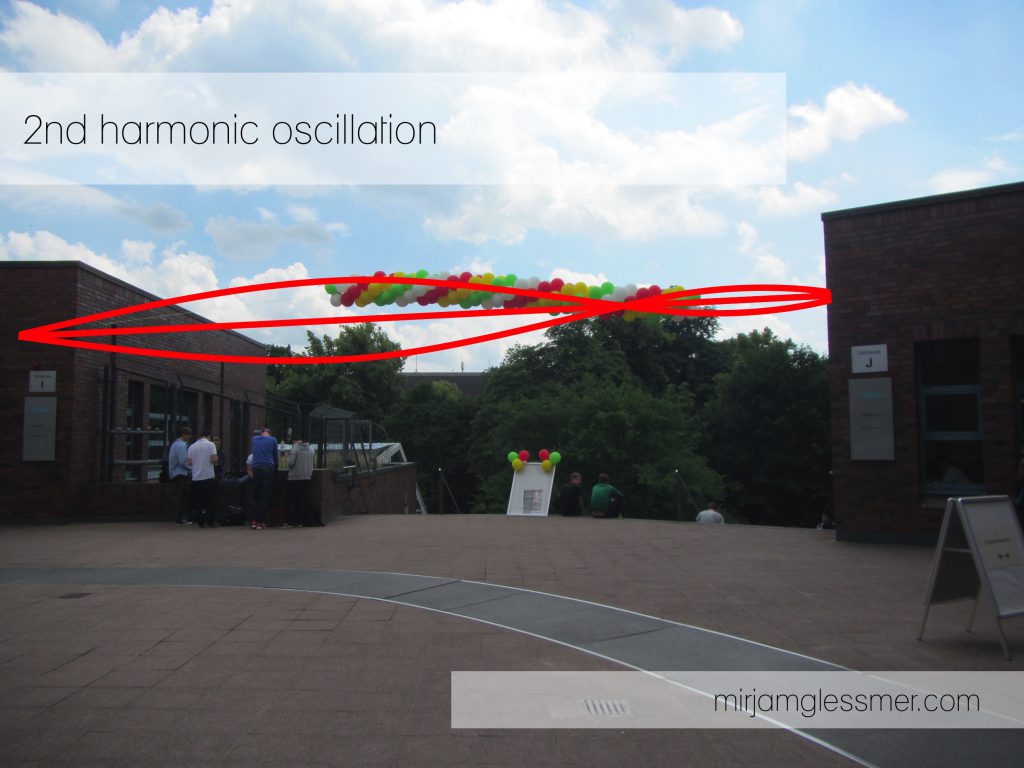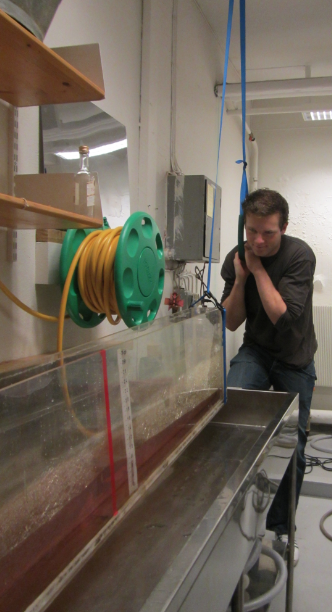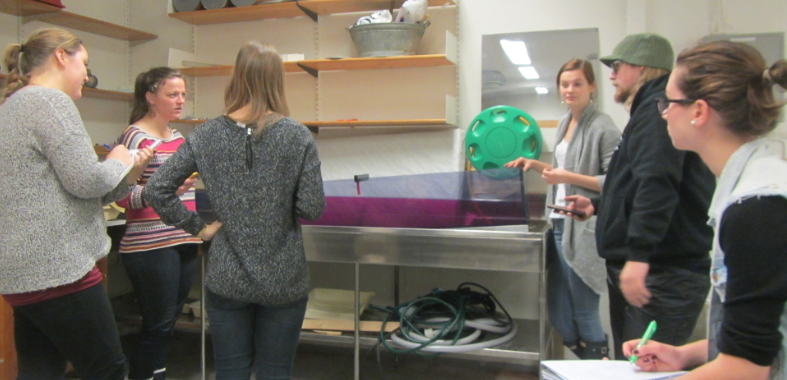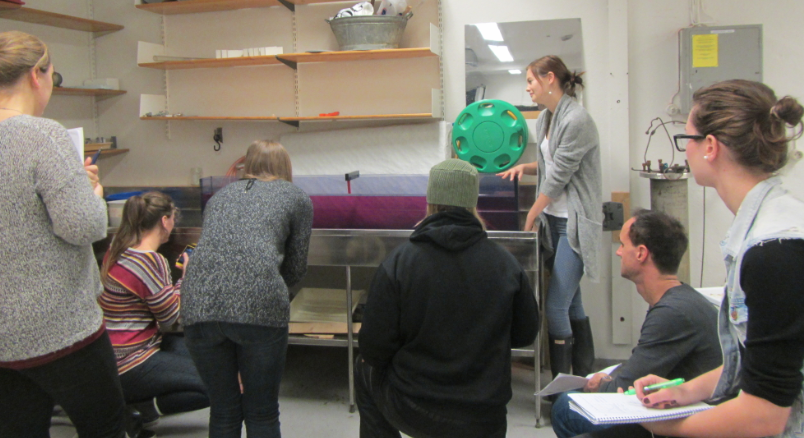On one of my very last days in my old job, I walked across campus and noticed this:
I had to, of course, alert all my nearby friends! Especially since, on this engineering campus, apparently nobody else stopped to take a quick video. Seriously, what’s wrong with the world?
I obviously had to come back at different wind conditions to get a better dataset, which I proudly present in the movie below:
It felt a bit like the university was waving me goodbye, and a part of my life was ending. Which is not a bad thing necessarily, but before I plunge head-first into my upcoming research cruise and then the new job and all the other small or not-so-small commitments that I’ve made, I am going to take it slow(er), take a break and reevaluate my priorities. And for that I will be taking a summer break from regular blogging, too, so you might not hear from me for a bit.
I’ve had this song from the 2007 Hitchhikers Guide to the Galaxy movie stuck in my head for days now. So here we go:
So long, and thanks for all the fish!




